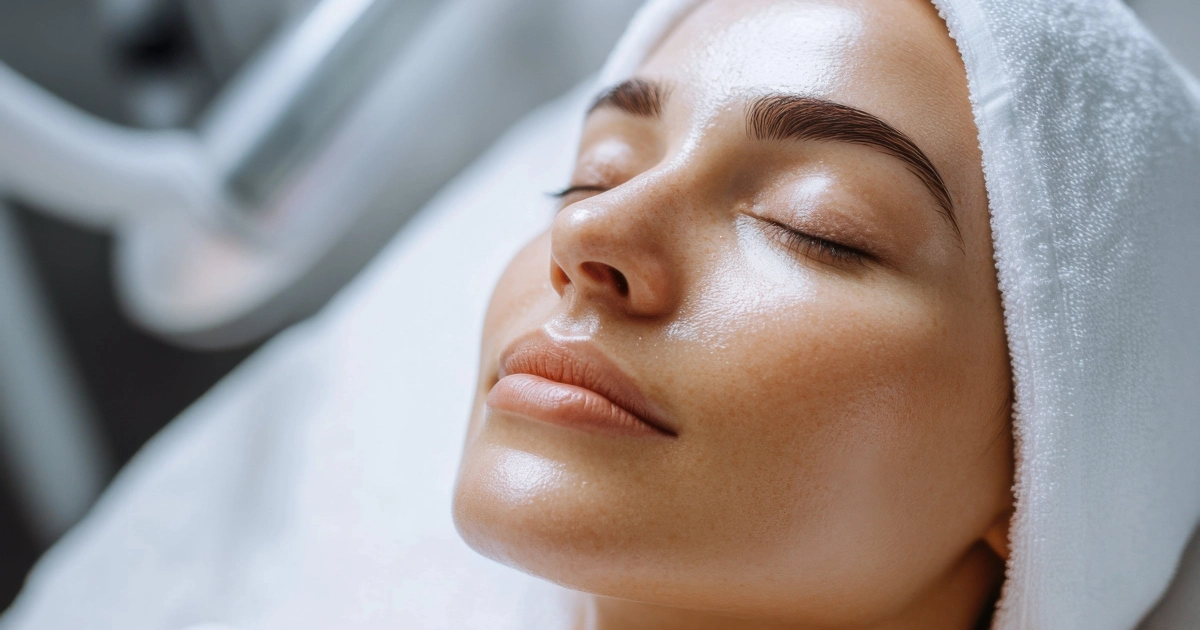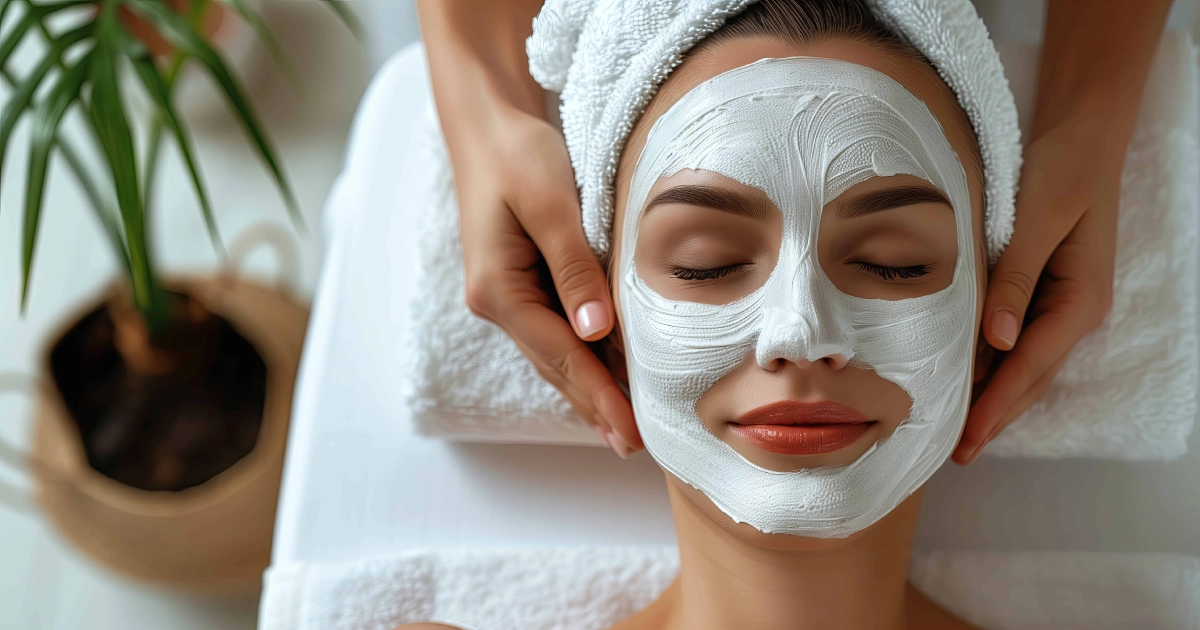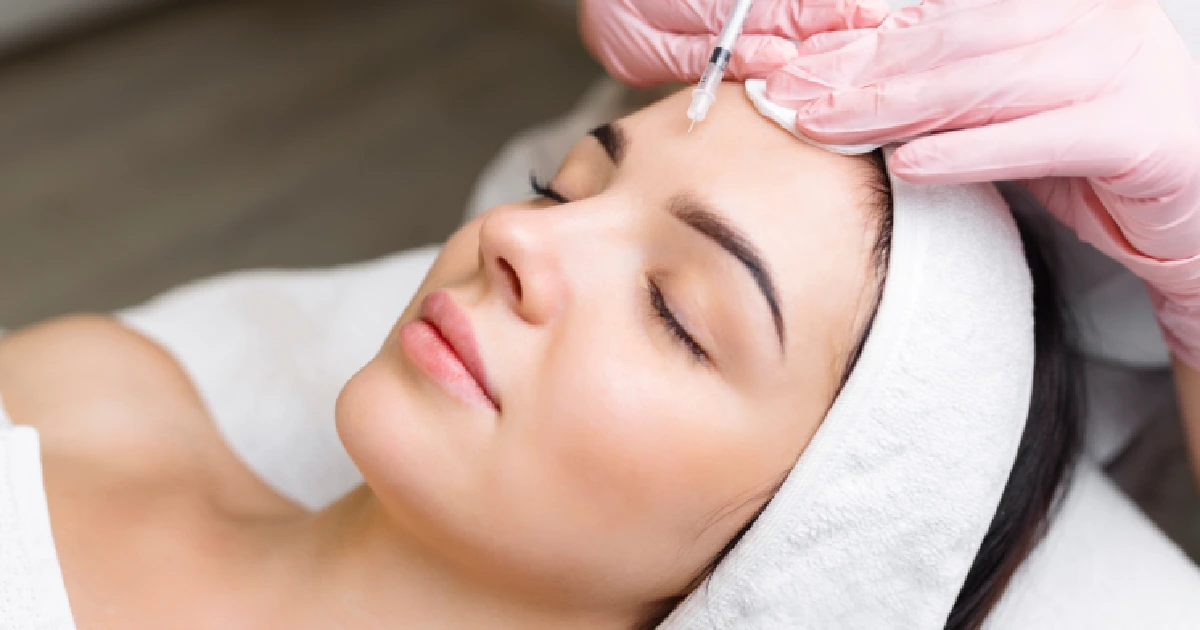
Table of Contents
Keeping healthy skin is a priority for many people, but common skin concerns like acne scars, hyperpigmentation, fine lines, and sun damage can often hamper this goal. We can suffer from these concerns in terms of our appearance, confidence, and general well-being. Fortunately, modern skincare treatments offer effective solutions to address these issues.
An example of such a solution is chemical peels, which are popular and versatile treatments that can rejuvenate your skin. Here, we will discuss the benefits, how they work, and why chemical peels might be the perfect solution for skin issues.
What are chemical peels?
Chemical peels involve applying a solution to the skin that causes the top layers to exfoliate and eventually peel off. This process reveals fresh, new skin underneath, typically smoother, less wrinkled, and more evenly pigmented. Chemical peels come in different strengths—superficial, medium, and deep—each tailored to address specific skin concerns and suited to different skin types.
Addressing Acne Scars with Chemical Peels
Acne scars can remind you of bad breakouts, resulting in uneven skin texture and low self-confidence. Chemical peels are good for reducing acne scars, especially shallow or moderate scars. Using chemical peels can smooth out your skin’s surface by removing damaged outer layers. In addition to enhancing skin’s texture and resilience, this process stimulates collagen production.
Tackling Hyperpigmentation and Melasma
Hyperpigmentation and melasma are common skin concerns characterized by dark patches, often caused by sun exposure, hormonal changes, or inflammation. These conditions can be stubborn and difficult to treat with over-the-counter products. Chemical peels offer a powerful solution by exfoliating the upper layers of skin where these dark spots reside.
Chemical exfoliation achieves a more equal skin tone by aiding in the breakdown of excess melanin, the pigment causing these black spots. Superficial peels, such as those containing glycolic acid, are particularly effective for treating hyperpigmentation and melasma. They provide a gentle yet effective treatment that can gradually lighten dark spots with minimal downtime.
Reducing Fine Lines and Wrinkles
Aging is a natural process, but the fine lines and wrinkles accompanying it are often unwelcome. Chemical peels are popular for those looking to reduce these signs of aging without resorting to more invasive procedures. Chemical peels cause the skin to regenerate and exfoliate, which helps to reduce the visibility of wrinkles and fine lines and provide the appearance of young, rejuvenated skin.
Superficial peels are a great starting point for individuals with fine lines and mild wrinkles. They can be performed regularly and help maintain a smooth, youthful complexion over time. For those with deeper wrinkles or more advanced signs of aging, medium to deep peels may be recommended. These peels improve the skin’s surface and stimulate collagen production in the deeper layers, which is crucial for maintaining skin elasticity and firmness.
Reversing Sun Damage
Sun damage is common, especially for people who spend much time outdoors. Overexposure to the sun can cause sunspots, uneven skin tone, and premature aging. Sun damage can be reversed with chemical peels because they can remove damaged outer layers of skin and promote new, healthy ones.
Sunspots and other forms of discoloration caused by sun exposure respond well to chemical peels, particularly those with ingredients like alpha hydroxy acids (AHAs) or TCA. These peels help to fade sunspots, even out skin tone, and improve overall skin texture. Regular chemical peel treatments can also help to prevent further damage by encouraging the regeneration of healthy skin cells and improving the skin’s resilience to future sun exposure.
Smoothing Uneven Skin Tone and Texture
Uneven skin tone and texture are common issues that can make the skin dull and tired. Chemical peels are an excellent solution for revitalizing the skin and achieving a smoother, more even complexion. The peel’s exfoliating action removes dead skin cells and promotes the turnover of new cells, resulting in a brighter, more uniform skin tone.
Superficial peels are particularly effective for addressing uneven skin tone and texture. These gentle peels can be performed regularly, gradually improving the skin’s appearance with minimal downtime. Medium-depth peels may offer more substantial results for those with more pronounced texture issues, such as rough patches or enlarged pores. These peels penetrate deeper into the skin, helping to smooth out irregularities and refine the skin’s surface.
Managing Melasma with Chemical Peels
Melasma, a hyperpigmentation often appearing as large, dark patches on the face, can be particularly challenging to treat. It’s often triggered by hormonal changes, such as those during pregnancy or from birth control use, and can be exacerbated by sun exposure. Chemical peels provide an effective treatment option for managing melasma by targeting the pigmentation at the surface and deeper layers of the skin.
The chemical peel recommended for melasma will depend on the severity of the condition and the patient’s skin type. Mild cases of melasma may respond well to superficial peels, which gradually lighten the dark patches with minimal irritation. More severe cases may require a series of medium-depth peels, which can penetrate further into the skin to address more stubborn pigmentation.
Preparing for and Recovering from a Chemical Peel
A chemical peel works best with proper preparation and aftercare. Be sure to follow your provider’s instructions before the peel, which may include avoiding retinoids or exfoliants. Additionally, you’ll need to use a broad-spectrum sunscreen to protect your skin from the sun.
After the peel, your skin will need time to heal and regenerate. You’ll probably feel some redness, peeling, and discomfort in the days after with medium or deep peels. You’ll get specific aftercare instructions from your provider, including how to care for your skin, what products to use, and when to resume your routine.
The right aftercare is crucial to preventing complications. Try using gentle cleansers, moisturizing often, and avoiding sun exposure until your skin heals. When you follow your provider’s recommendations, you can get the most out of your chemical peel treatment.
Conclusion
If you’re struggling with common skin concerns, such as acne scars, hyperpigmentation, fine lines, sun damage, uneven skin tone, and chemical peels could be the solution you’ve been looking for. These versatile treatments offer a range of benefits, from rejuvenating your skin to addressing specific concerns like melasma and improving overall skin texture.
At Aesthetic Arts Medical Spa and Wellness, we’re dedicated to helping you achieve your skincare goals. You can get a personalized consultation to figure out what chemical peel is right for you. If you’re new to chemical peels or looking to enhance your skincare routine, we’re here to help.
Put an end to skin concerns. Contact us at Aesthetic Arts Medical Spa and Wellness today to learn how chemical peels can transform your skin. Start here for healthier, more radiant skin!






